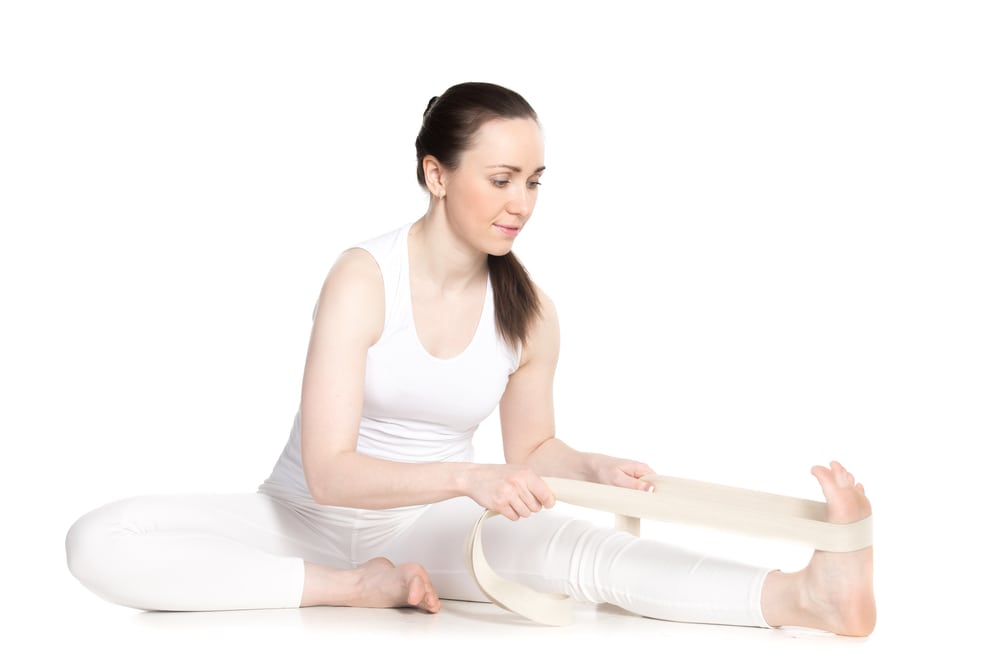

In this lesson, we apply anatomy and physiology of stretching to go deep into related teaching considerations.
Objective
Become proficient in identifying and preventing overstretching as well as practices that do and do not improve flexibility.
Description
Describe how very flexible students might redirect their focus during stretching to guard against pursuing “flexibility for its own sake.” Name six signs that could indicate overstretching. Explain stretching practices that do not improve flexibility. Explain how muscles are not elastic, and why this is important. Name two safe and effective ways to improve flexibility and explain how mindfulness and visualization contribute to effective stretching. Explain why even though a vinyasa or short static hold of a pose can warm you up and make it easier to stretch, this isn’t enough to improve flexibility. Explain why long holds are necessary for addressing postural tension and making flexibility gains. Describe progressive deepening techniques and provide other expert recommendations that will contribute to effective stretching. Provide examples of myofascial release techniques and explain when myofascial release is recommended relative to a regular practice.
To view this page and thousands more, we invite you to join Yoga Teacher Central, serving teachers since 2012.
You'll get instant access to a massive, organized library of practical and time-tested lessons, plans, and support for yoga teachers and trainers.
The entire site is member-supported and ad-free.